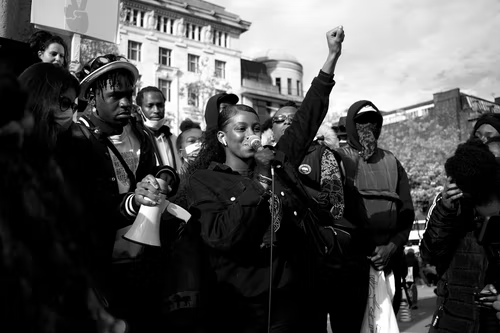'Praejudicium', the Latin word derived from 'prae' ‘in advance’ + 'judicium' ‘judgment’ is the root word prejudice. This blog will thus introduce you to ‘The Psychology of Prejudice’.
Prejudice is a negative belief about an individual belonging to a group purely based on their membership to that particular group. Pervasiveness and complexity are the two core elements of prejudice. It is pervasive in the sense that it is spread across all cultures, and is directed toward all kinds of different groups in society. Complexity is seen in that the explanatory factors exist at intrapersonal, interpersonal, intergroup, and cultural levels. Thus, prejudice is not simply a preconceived notion about another individual, but a negative judgment that resists change, despite being aware of facts.
While we have understood prejudice so far in the context of another individual, negative attitudes, stereotypes and feelings extend to the entire group as well. Prejudice has been shown to occur in the past in the forms of racism, sexism, nationalism, homophobia, to name a few. Now that we have a brief understanding of the phenomena of prejudice, let us look at its types i.e overt and subtle forms of prejudice. Overt prejudice is characterized by intentional harmful behaviors towards minority group members (Elias, 2015). It includes glaring use of derogatory and stereotypical ideas, verbalizations, actions directed towards them. Shouting slurs, biased judgments, deliberate exclusion, overt hostility are examples of overt prejudice. Conversely, subtle or implicit prejudice results from the unwillingness to accept individuals different from them. Also termed as a microaggression, this type of prejudice is not so outright and hence is difficult to identify and rectify. Acts like repeating a negligent stereotype or rejecting someone's point of view too quickly can be considered as subtle prejudice. Due to the civil rights movement and increasing awareness, overt forms of prejudice have been on the decline, however, subtle prejudice is still vastly prevalent. The essential distinction between implicit and explicit attitudes is whether or not an individual is consciously aware of them, and whether they respond to the target instinctively or in a controlled manner.
Numerous psychological processes are known to contribute to the creation and persistence of prejudice. Prejudice consists of conditioned emotional responses thereby insinuating a strong affective component. Allport (1950) supported this theory by explaining that children tend to imbibe and imitate their parents’ attitudes towards specific known individuals to gain their approval. However, this behavior may be rewarded or punished by parents. Over time, this stereotype then breaks from its confines resulting in generalization within communities. This parent-to-child transfer has been said to be the most important source of prejudice. Additionally, we as social beings are expected to follow and conform to the norms of our peer groups. As beneficial as this conformity can be, it can also give impetus to prejudiced thinking.
Ever heard someone make a stereotypical remark, “They all look the same!” when addressing someone from a different community? According to the social categorization theory, we tend to create two groups i.e. the in-group and out-group. Individuals perceive in-group members favorably, with positive affect perceiving them as distinctive, unique, and heterogeneous. Conversely, not only is negative affect displayed towards out-group members but they are perceived to be homogenous in their negative traits, attitudes, and behaviors. This results in in-group differentiation and out-group homogeneity. However, when the cooperation of the two groups is required to beat some odds, the negative effect is eventually reduced and mutual liking manifests towards the out-group.
To be continued...
By,
Aditi Bhanushali
Sanjali Desai
Vidisha Navalkar,
TYBA
Part II: https://theaicufblog.blogspot.com/2022/03/psychology-of-prejudice-ii.html

Comments
Post a Comment